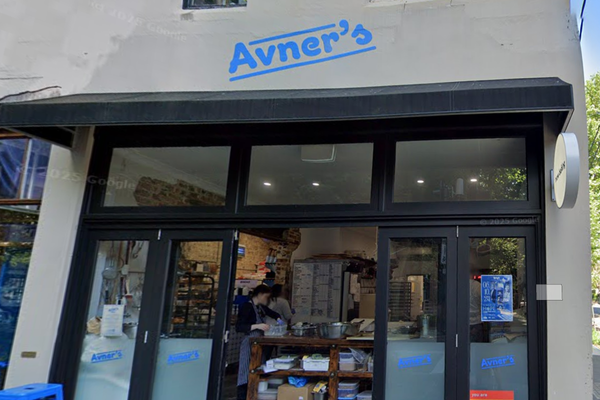
There are chefs whose face and personality you learn to recognise over their repeated TV appearances, and others whom, instead, you grow to love simply through tasting their food. The latter is true of my indirect encounter with José Pizarro, the Spanish star restaurateur and multi-cookbook author whose tapas bar and eatery on Bermondsey Street — called, rather essentially, José and Pizarro — have become the go-to hangout for art insiders checking out exhibitions at the nearby White Cube and the wider Mediterranean cuisine-obsessed London crowd. The launch of his first two locations, dating from 2011, heralded the birth of his cooking empire, now comprising two equally successful (and even more design-forward) spinoff concepts at the Royal Academy, and another spot on the same road: the 2024-inaugurated, atmospheric Lolo. With further addresses at Surrey's The Swann Inn pub and the Conrad Abu Dhabi Etihad Towers in the UAE, the chef's gastronomic influence extends far beyond London.
Hailing from a village in the rural region of Extremadura, western Spain, Pizarro was raised on a farm: an upbringing that granted him a thorough, hands-on understanding of vegetables, dairy products, and meat, as well as a profound connection to the land around him, from a very young age. Sparked by his family's passion for all things food, he left a potential career in dentistry to work in a rotisserie kitchen in Cáceres, a city near his hometown, to which he owes his culinary journey. Having made his way up to the position of Head Chef at Michelin-starred eatery El Mesón de Doña Filo in Spain, Pizarro relocated to London in 1998, where he learned English while hustling inside the kitchens of acclaimed Spanish restaurants like Brindisa, Eyre Brothers, and Gaudi.
Today, nearly 30 years on, his genuine enthusiasm for the flavors of his homeland and interest in innovating its classics without ever overlooking the value of tradition is still tangible in each of his ventures — from the made-to-share, mouth-watering, and simply delicious menu of every Pizarro restaurant (the Boquerones en vinagre, fried Gordal olives stuffed with manchego cheese, green-sauce mussels, and Grilled Galician sirloin with romesco, roasted baby leeks, and triple cooked chips are, along with his figs, vinegar, and icecream almond tart, among my evergreen favorites) to his beautifully crafted recipe books (I own the sun-soaked The Spanish Home Kitchen and love it). Needless to say, the chef has wisdom to spare when it comes to picking the best cookware, too.
What Kitchen Essential Speaks Most to Your Craft?

For me, it has to be the mortar and pestle. It's such a simple tool, but it carries so much history and craftsmanship. When you crush garlic or spices by hand, the flavor is deeper, more alive, and you can feel the tradition in every movement. Machines make things faster, of course, but the mortar brings soul to the food.
Heavy and solid, perfect for pounding garlic and making aioli, an Iberian granite pestle and mortar feels like it does half the work for you.
The great thing about going for an olive wood pestle and mortar set is that every piece is unique, beautifully crafted, and wonderful for smaller sauces or dressings.
The ridged surface inside a Japanese Suribachi is brilliant for grinding sesame or spices, and it gives a completely different texture to your preparations.
Elegant and smooth, an Italian marble mortar and pestle is ideal for pesto or sauces that need a finer texture. Plus, it makes an incredible object of design, too.
Whenever I see a traditional brass mortar and pestle, I am reminded of the old kitchens of Spain with Arabic influence — warm, rustic, and full of character.
One for the minimalism lovers, a vulcan black clay mortar and pestle set delivers on both functionality and essential design aesthetics.


Need more chef kit advice? Discover the only artisanal plate brands Sicilian haute cuisine pioneer Ciccio Sultano entrusts with the design of his restaurant's tableware, including legendary houses and small-scale makers' workshops.







